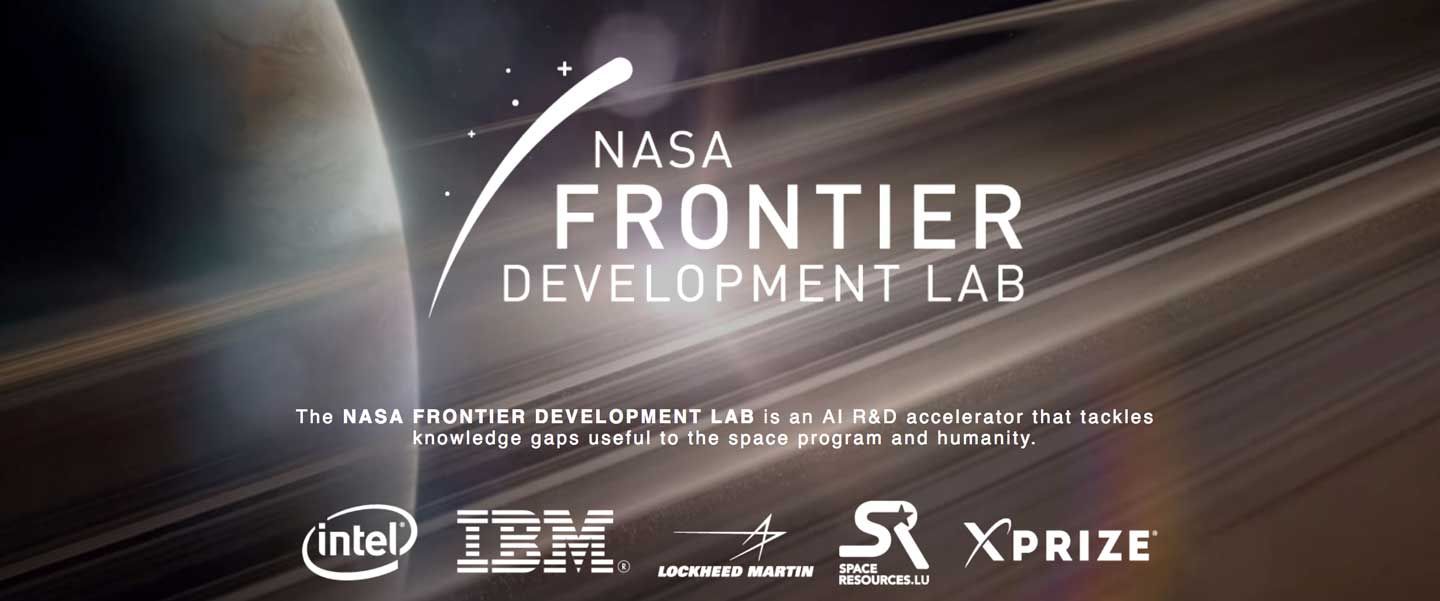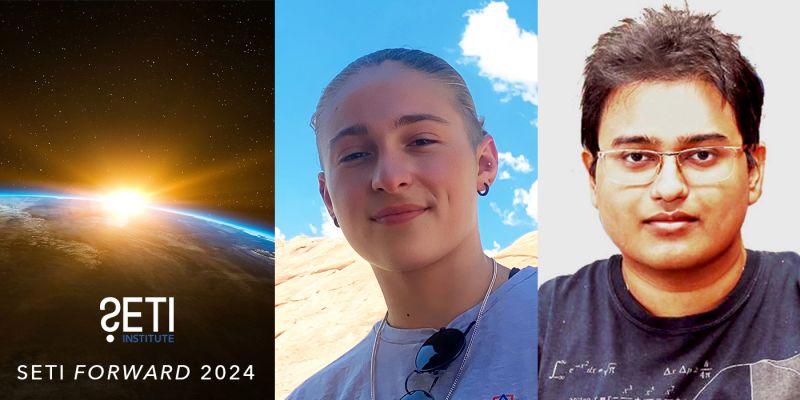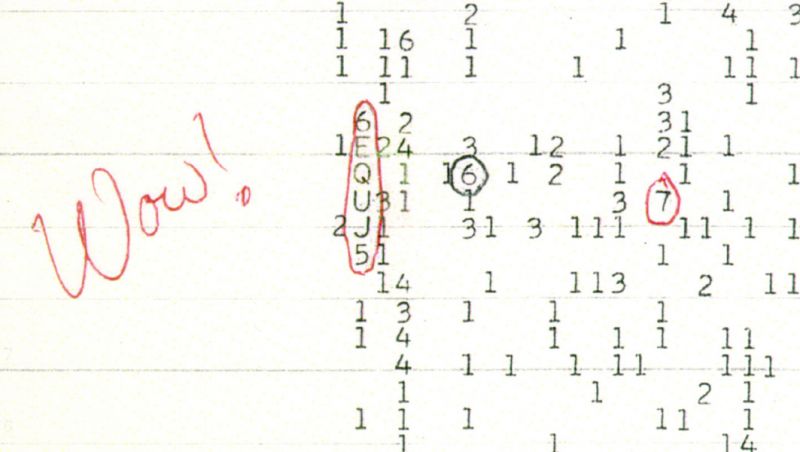
Frontier Development Lab (FDL) is an applied artificial intelligence research accelerator established to maximize new AI technologies emerging in academia and the private sector and apply them to challenges in the space sciences.
FDL is hosted by the SETI Institute and is a public/private partnership with NASA Ames Research Center. In 2018 private sector partners who provide funding, compute, and/or expertise include Nvidia, Intel, IBM, Lockheed Martin, Google Cloud, Space Resources LU, XPrize, ESA, and Kx.
FDL was launched in 2016 with three teams. FDL 2018 will host seven teams. The program tackles knowledge gaps in space science by pairing machine learning experts with astronomy and planetary science expertise to address tightly defined problems with meaningful application to the space program. Teams also include mentors and private sector advisors who work with them throughout the 8-week workshop.
Challenge areas for 2018 include:
ASTROBIOLOGY CHALLENGE 1
UNDERSTANDING WHAT IS UNIVERSALLY POSSIBLE FOR LIFE
Can we anticipate exotic metabolic pathways using unsupervised (non-human bias) Machine Learning approaches with a view to determining the chemistry of a biosphere - and ultimately ecological signatures that may suggest life, but ‘not as we know it’?
ASTROBIOLOGY CHALLENGE 2
FROM BIOHINTS TO CONFIRMED EVIDENCE OF LIFE ON EXOPLANETS WITHIN GIVEN ENVIRONMENTAL SUBSTRATES
Extraterrestrial environments may have coevolved a broad range of alternative life processes markedly different to those we observe on Earth. Can we deploy AI techniques to generate an extended parameter space for possible metabolisms based on given (observed) environmental conditions and substrates? AKA “biohints”
SPACE RESOURCES CHALLENGE 1
AUTONOMOUS ROUTE PLANNING PLATFORMS (SWARMS)
Multi-agent system deployments have the potential to vastly improve upon conventional single-agent operations. Indirect cooperation, such as sharing knowledge and collaborative problem solving, offer to improve the robustness, capabilities, and the overall value of lunar missions.
SPACE RESOURCES CHALLENGE 2
LOCALIZATION: REAL-TIME MERGING OF ORBITAL MAPS WITH SURFACE-PERSPECTIVE IMAGERY
A significant challenge faced during the execution of lunar or planetary surface missions is that of localizing a perspective with respect to satellite imagery - something we on Earth take for granted in the age of GPS.
SPACE WEATHER CHALLENGE 1
PREDICTING SOLAR SPECTRAL IRRADIANCE FROM SDO/AIA OBSERVATIONS
The goal of this challenge is to develop an AI model which uses SDO/AIA images to predict solar spectral irradiance (SSI), a critical factor for determining the properties of the Earth’s upper atmosphere, which can significantly disturb the upper atmosphere of the Earth and increase atmospheric drag on orbiting satellites.
SPACE WEATHER CHALLENGE 2
IMPROVE IONOSPHERIC MODELS USING GNSS/GPS DATA
By using large volumes of historic data that has been collected on GNSS (Global Navigation Satellite System), this challenge proposes to train an AI model to turn GNSS signal scintillation data into a high-fidelity instrument for analyzing the state of the ionosphere and correlating that with space weather.
EXOPLANETS CHALLENGE
INCREASE THE EFFICACY AND YIELD OF EXOPLANETS DETECTION FROM TESS
TESS’s mission to discern credible exoplanet signatures is made more demanding because of a mission time constraint, where follow-ups need to be identified every 27 days by manual analysis - an impossibly big challenge for humans in the time window available. Can AI help?
FDL 2018 will run from June 25-August 17.





